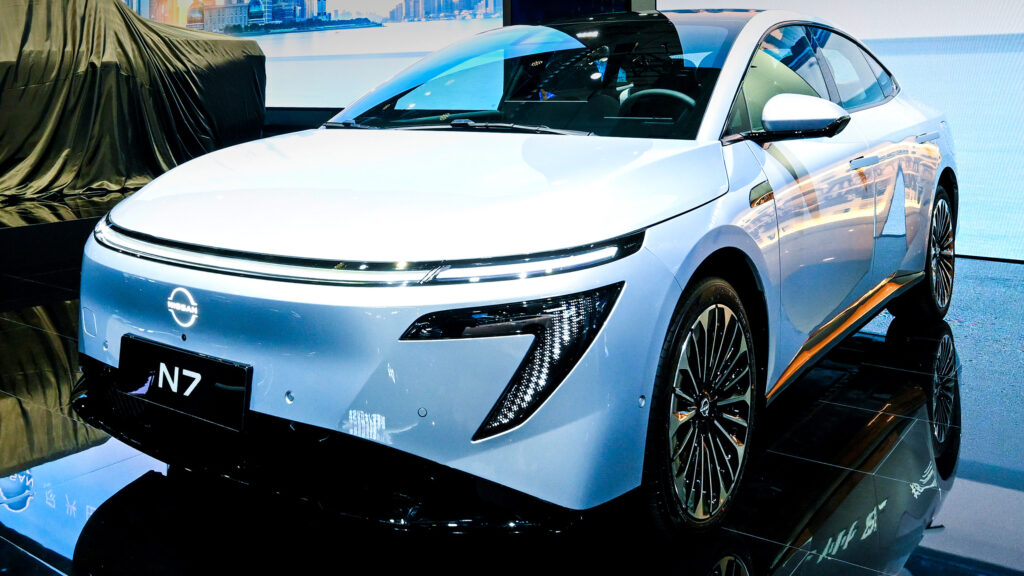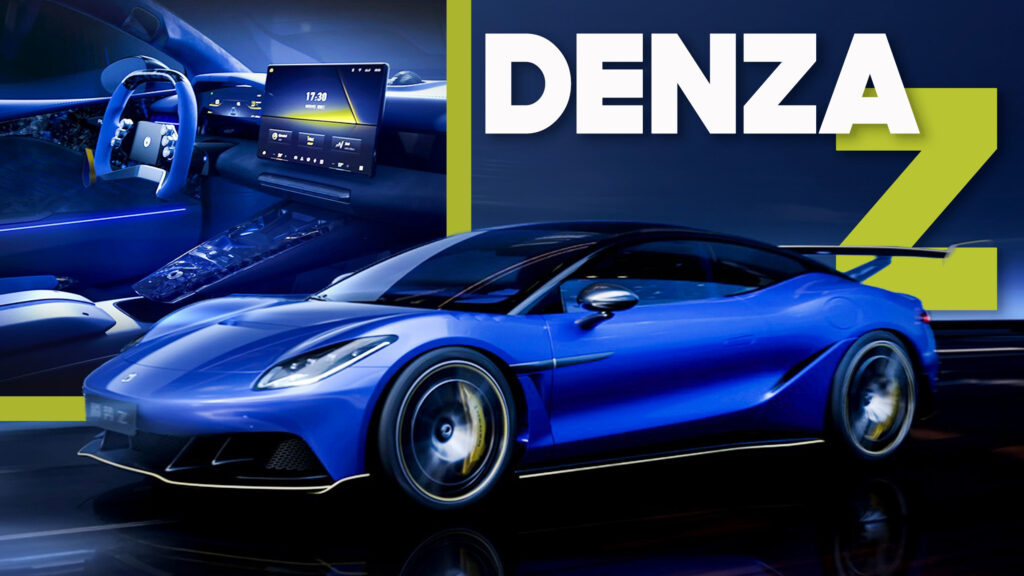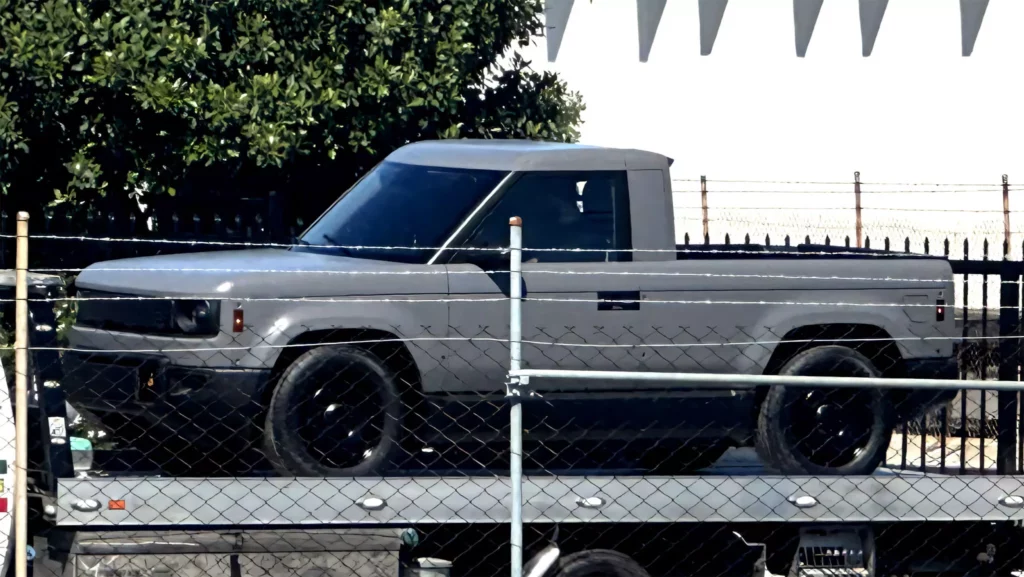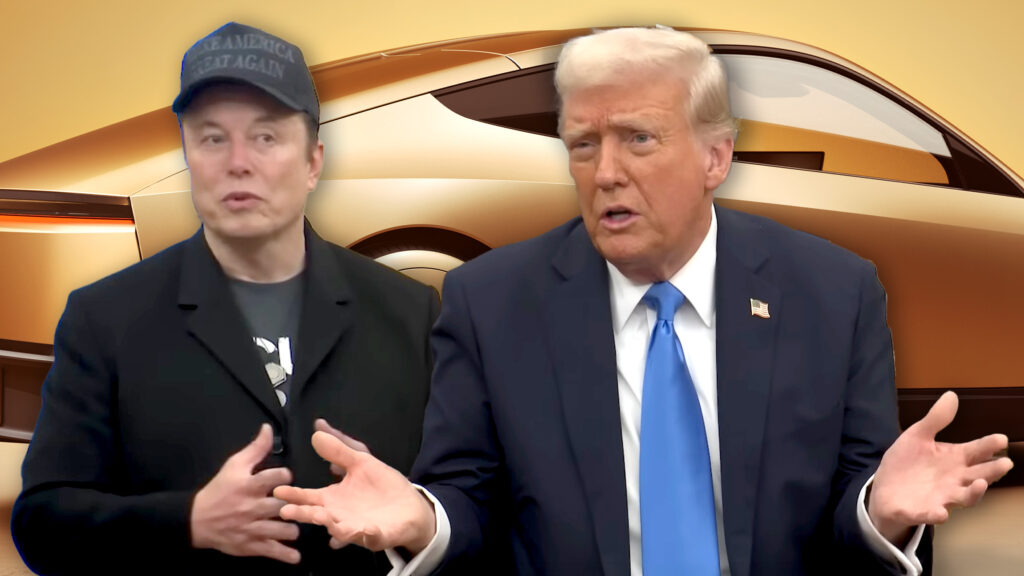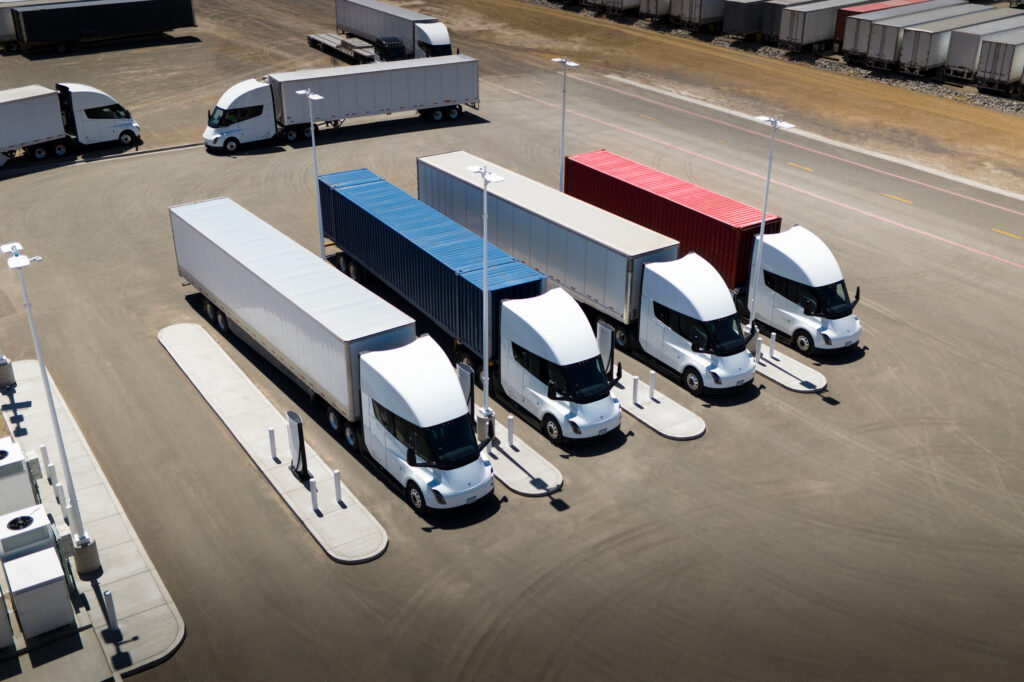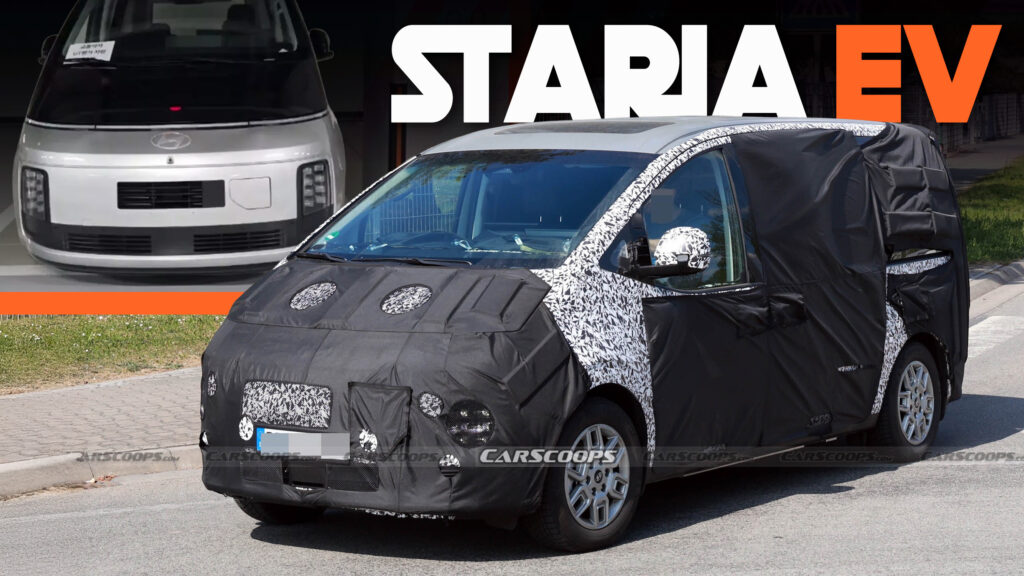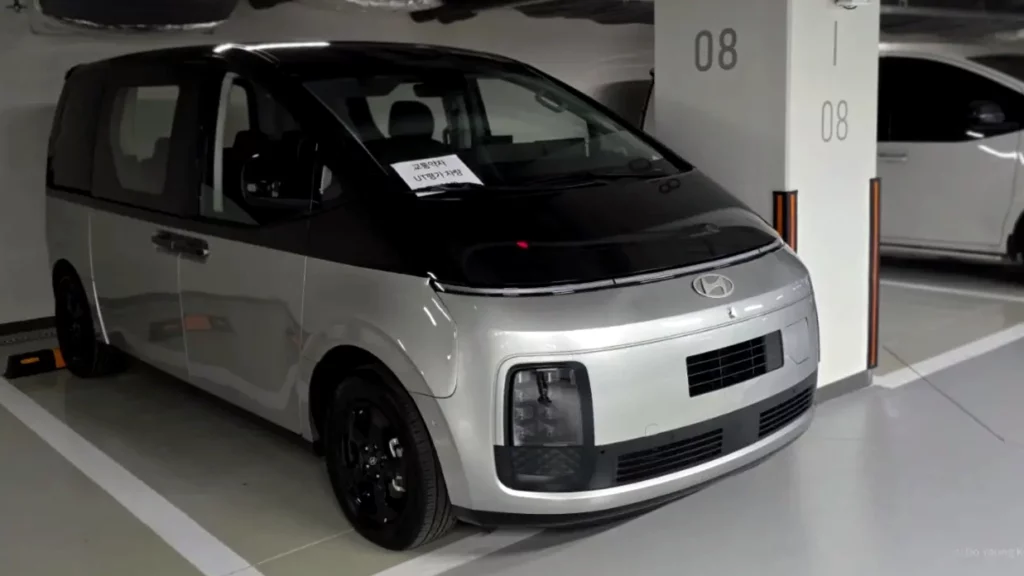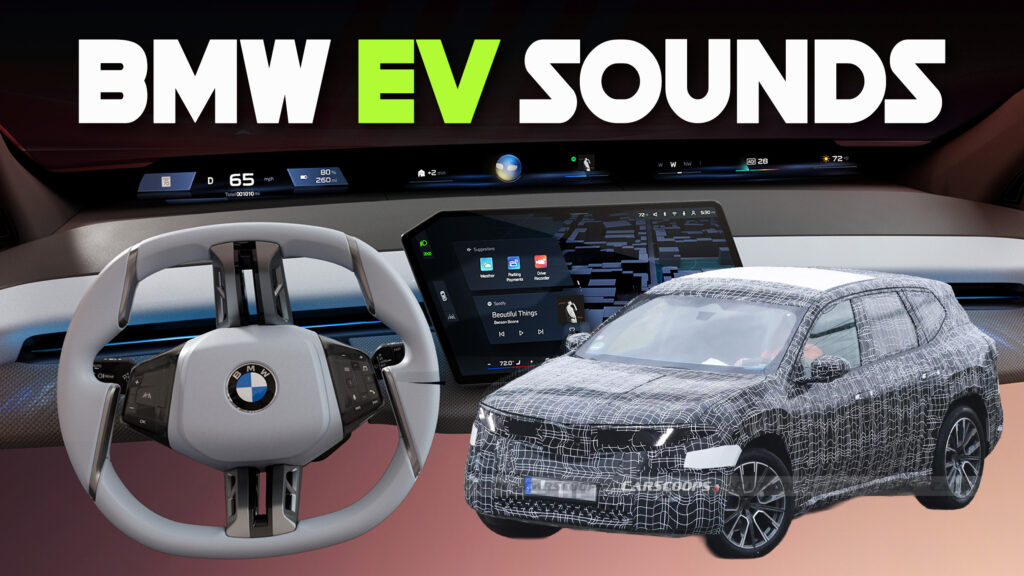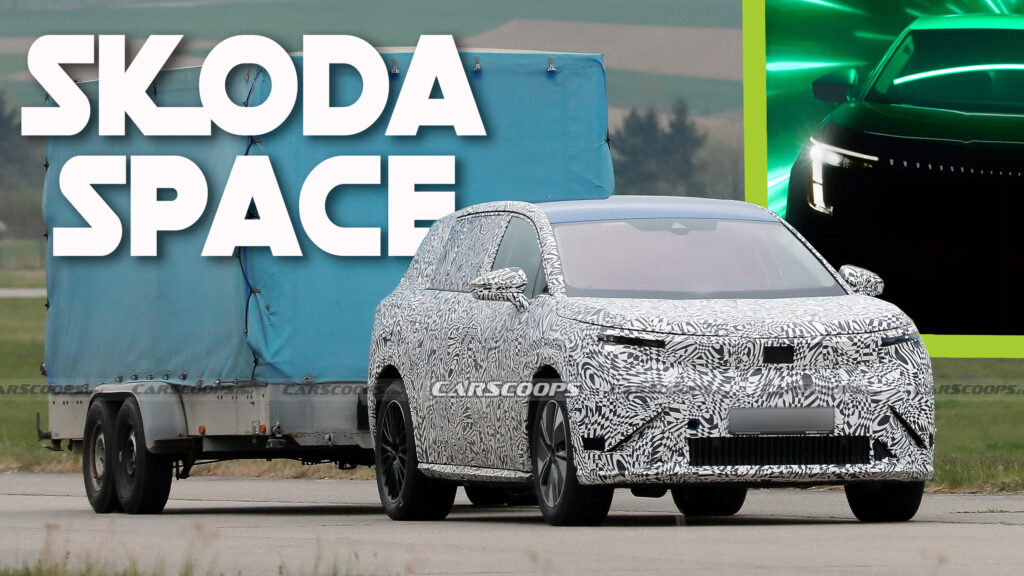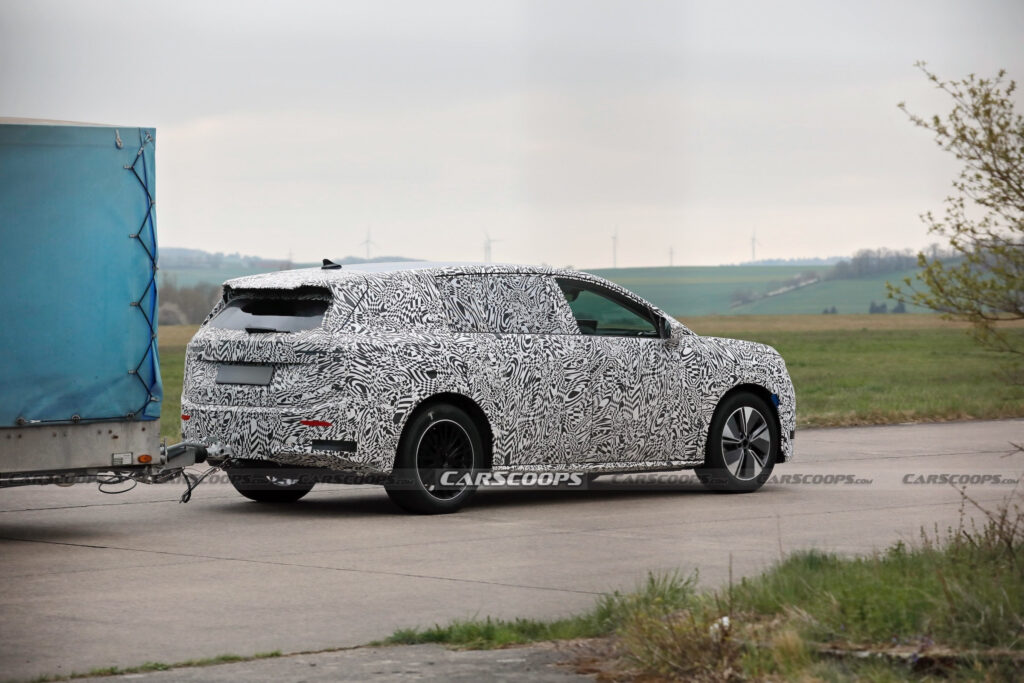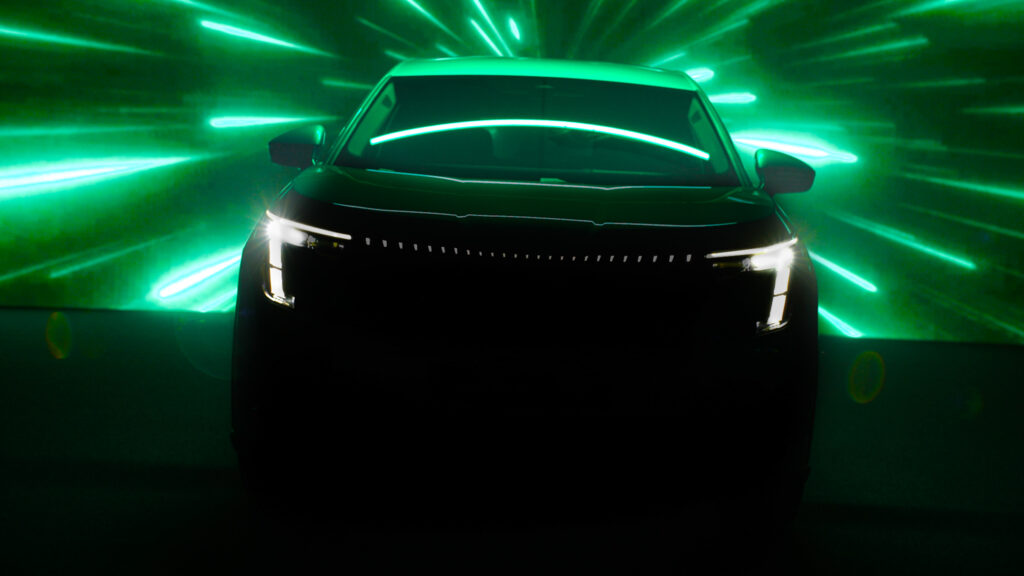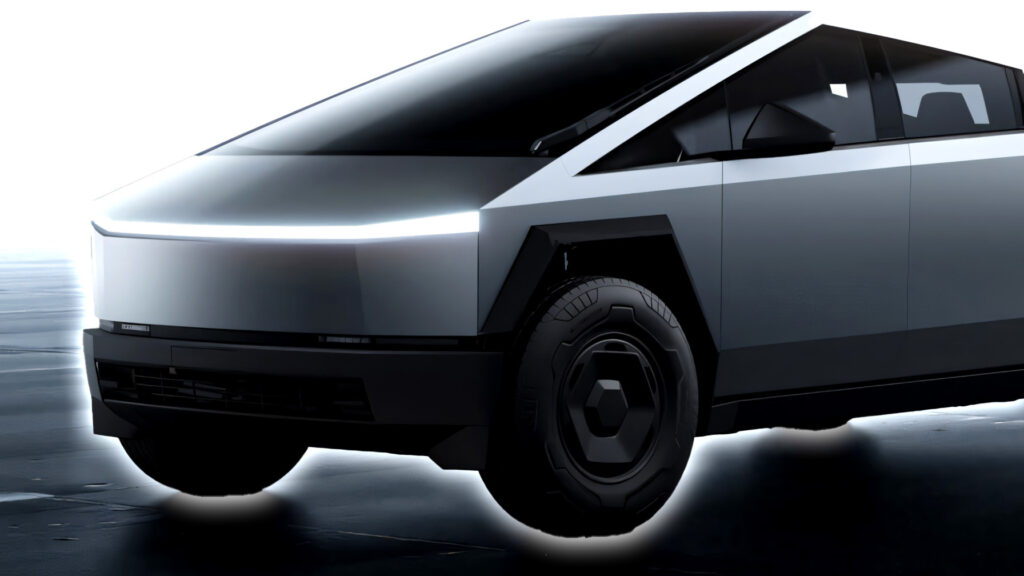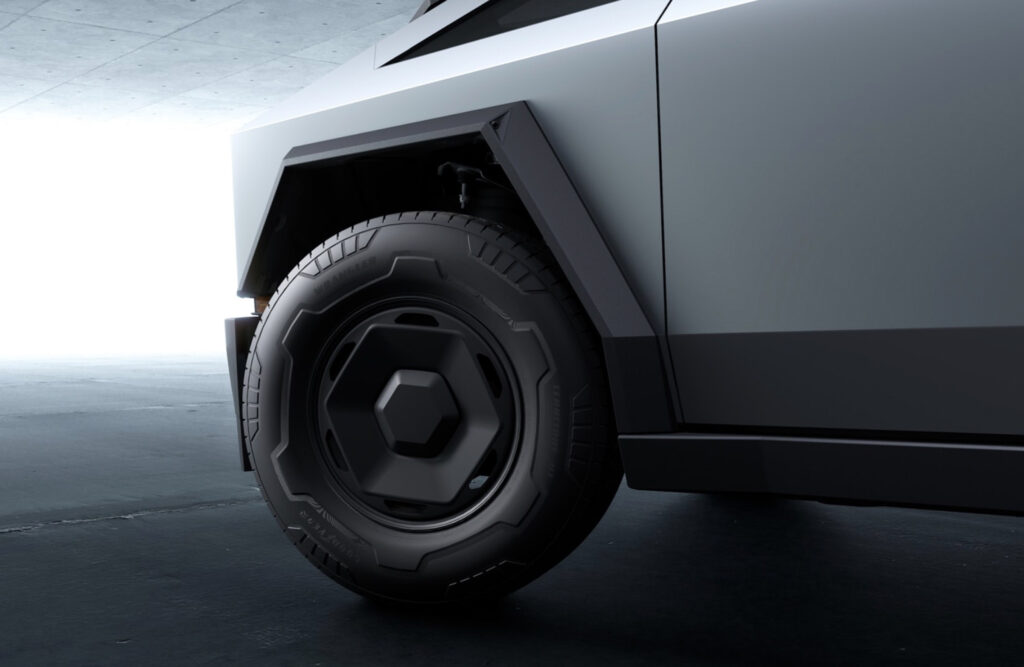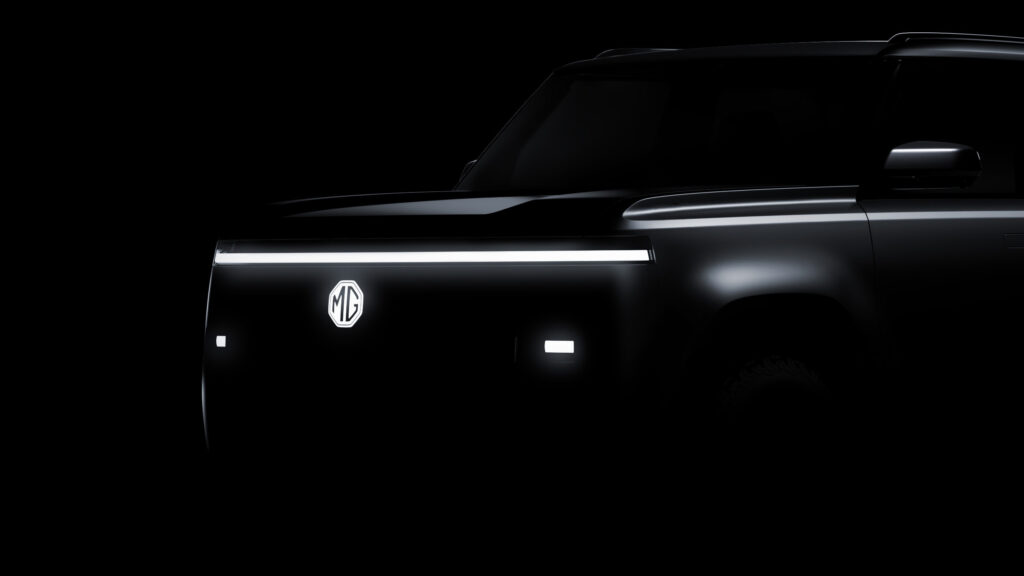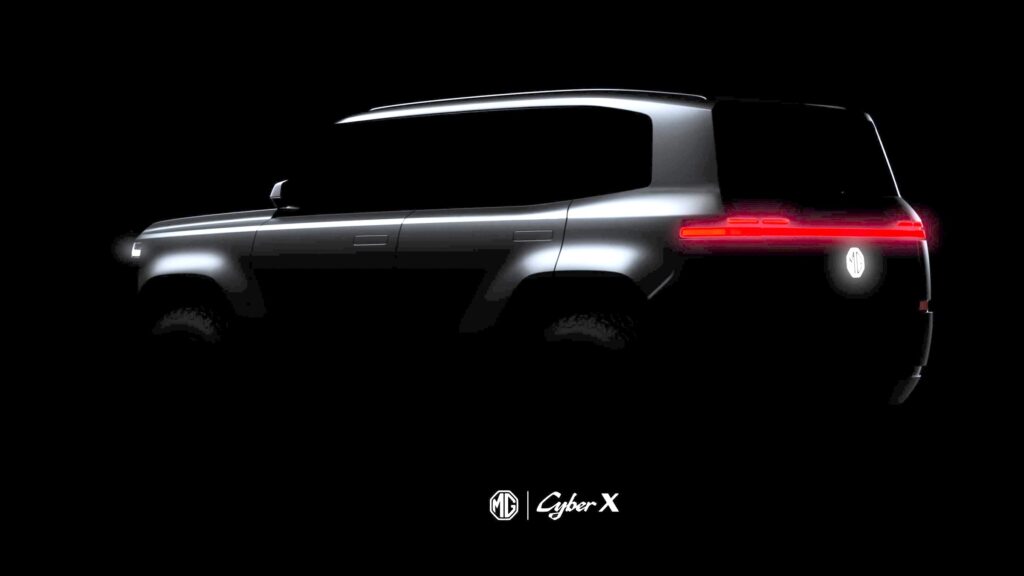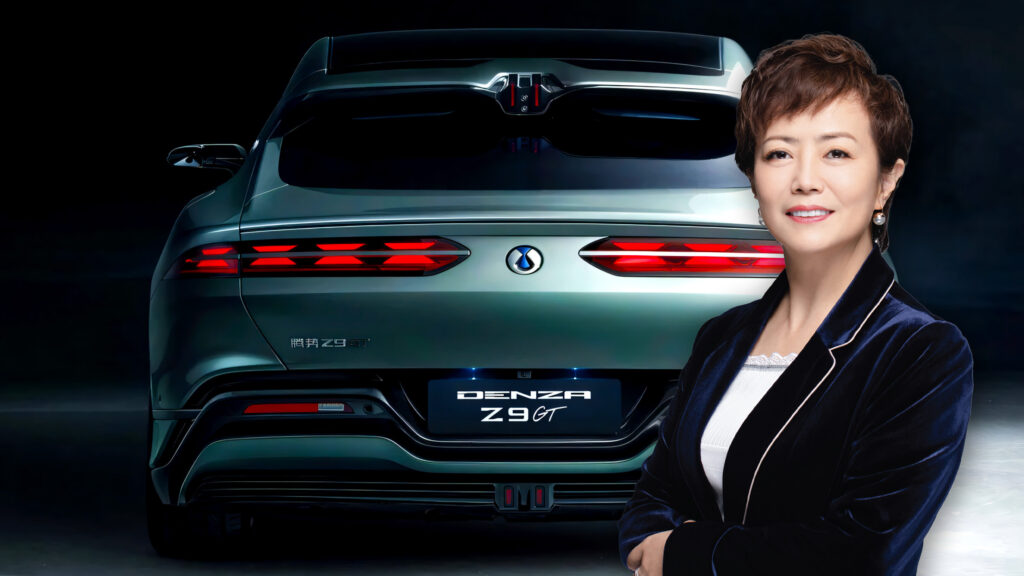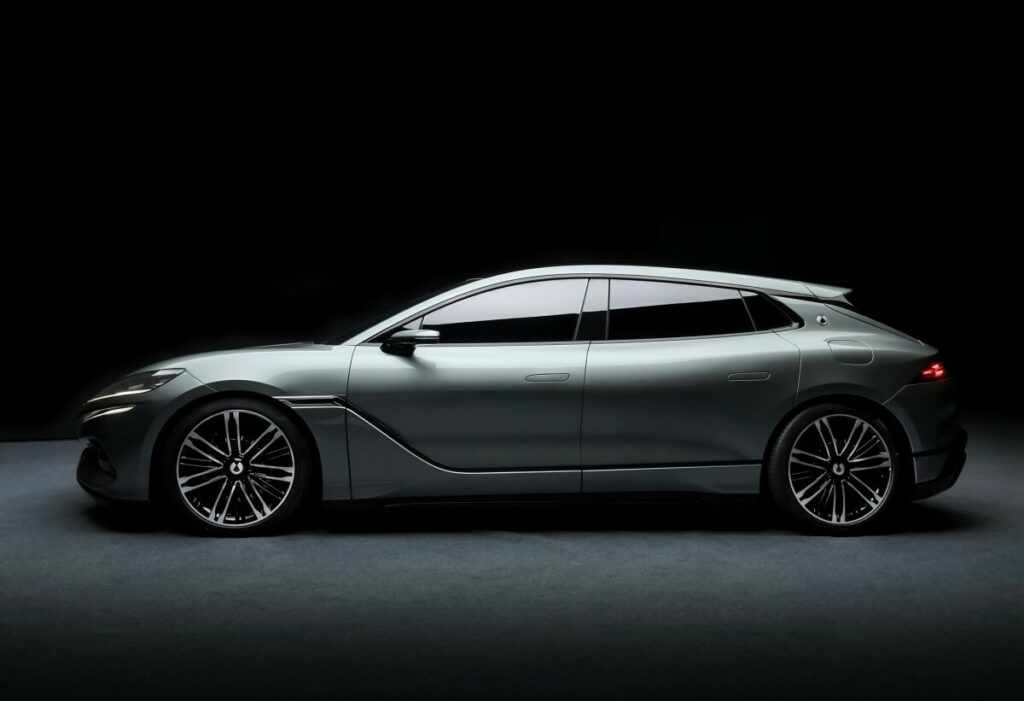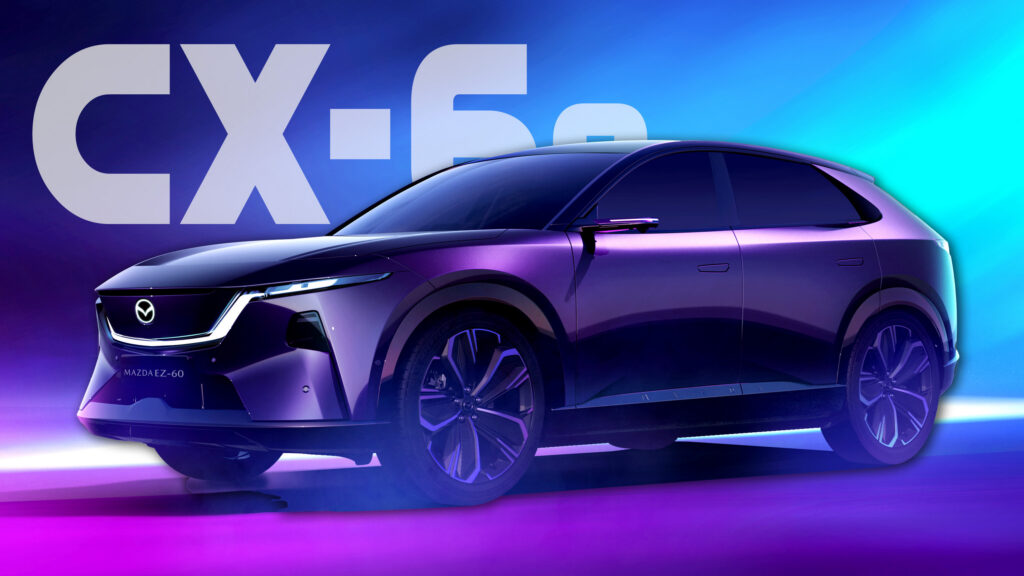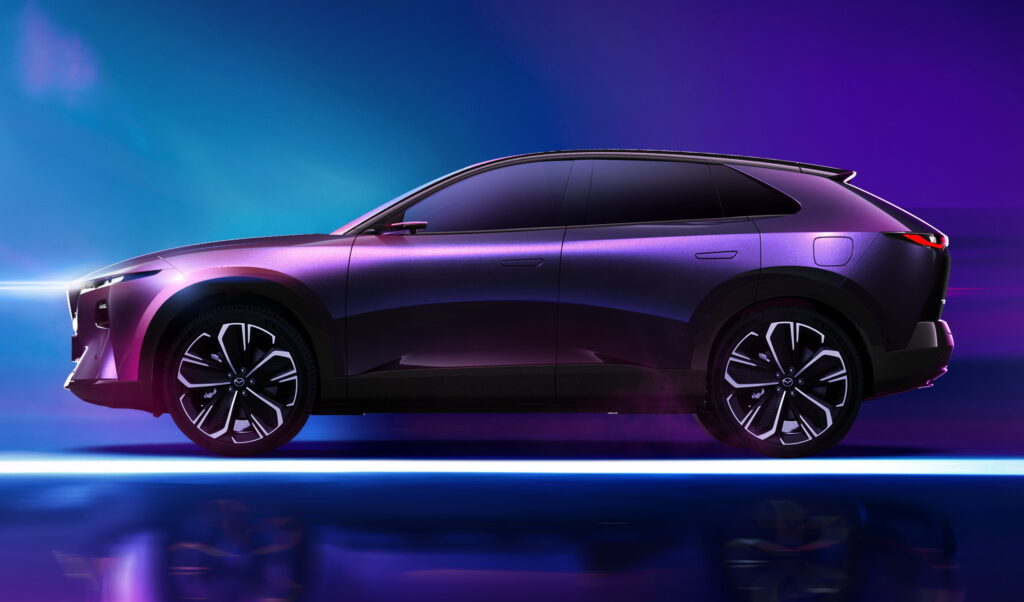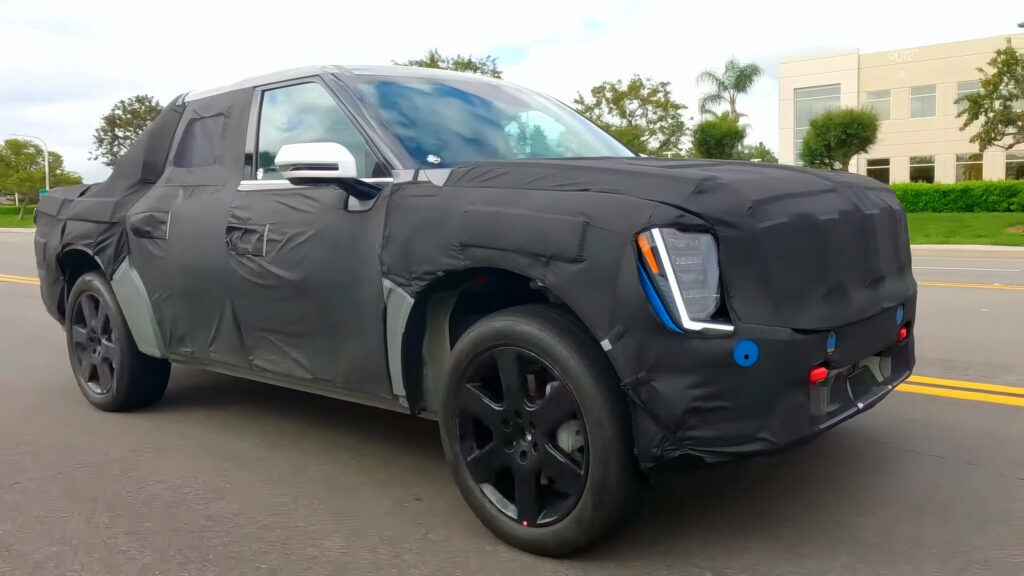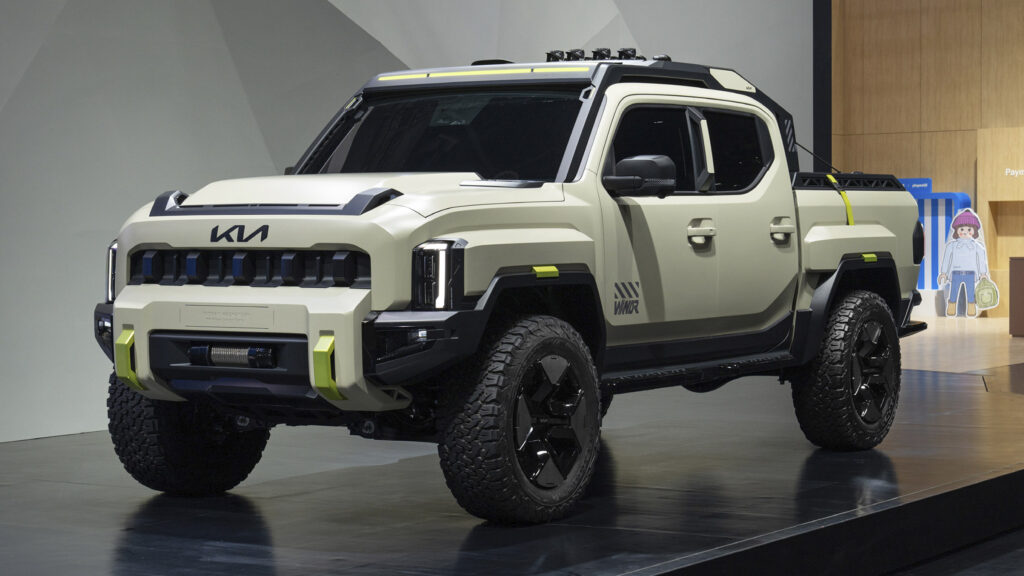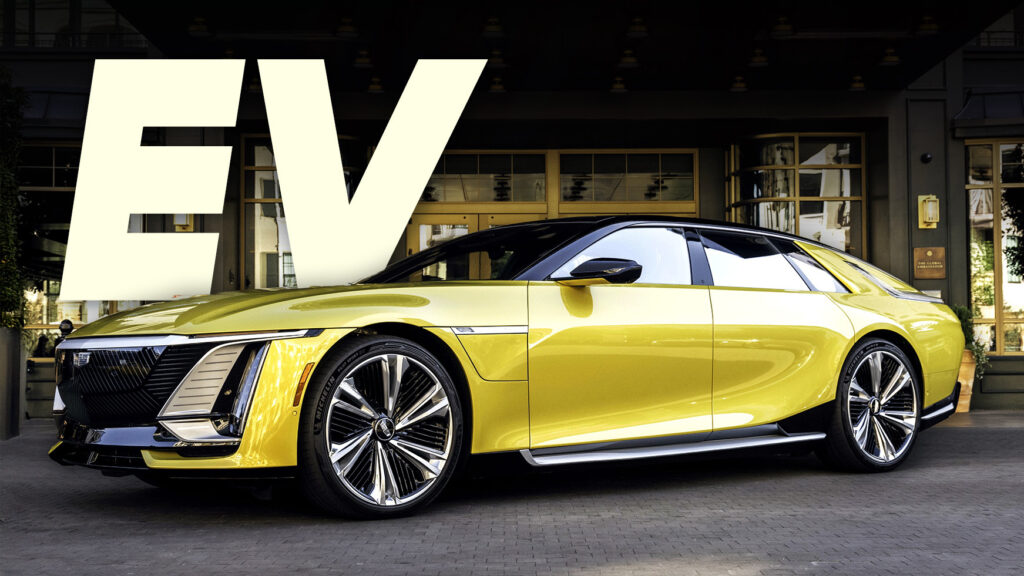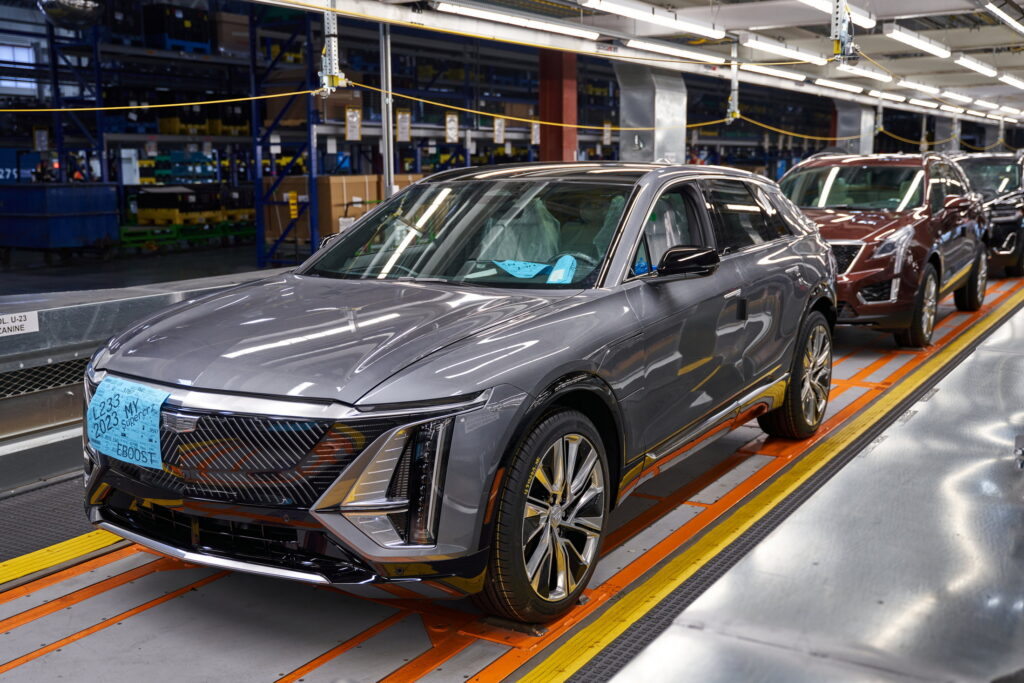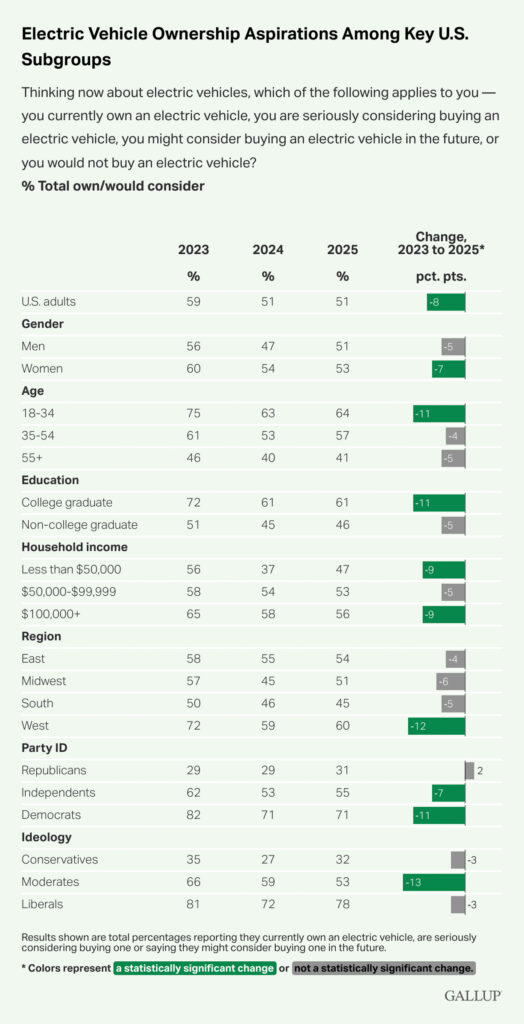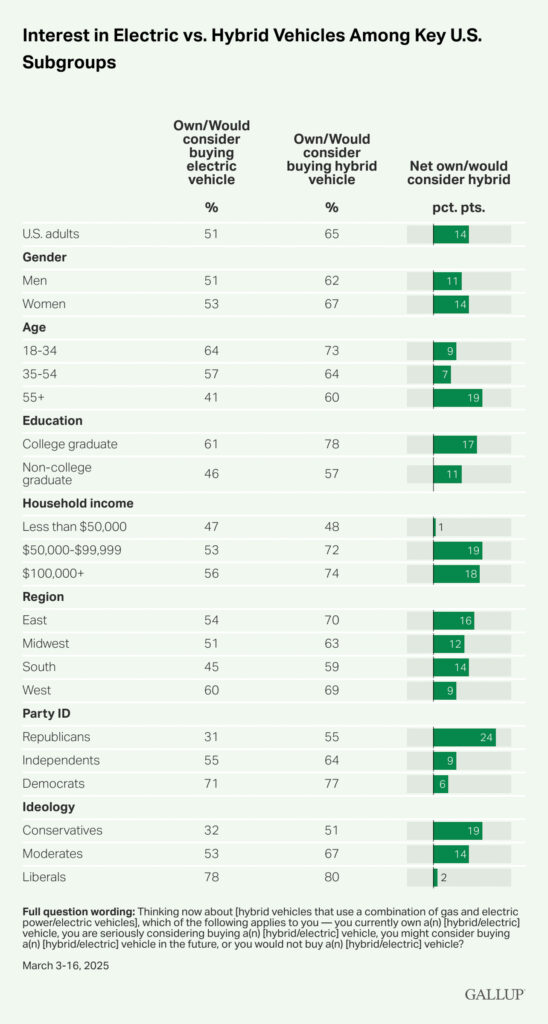Honda Made A GT But It’s Not What You Think

- Honda has revealed two production versions of the GT concept for the Chinese market.
- The GAC Honda GT and Dongfeng Honda GT get different lights but are built together.
- GT interiors feature digital door mirrors and four additional displays to distract drivers.
If the letters GT still make you think of big-power luxury coupes like the Bentley Continental GT, Honda’s new model of the same name might not exactly light your fire. But if you love the idea of a sharp-looking affordable family EV with coupe aspirations and think too much screen is not enough, you’ll find plenty to like in the two Hondas revealed at this week’s Shanghai Auto Show.
The GAC Honda GT (seen here in red) and its Dongfeng Honda GT brother (blue) are fundamentally the same car. They’re built at the same factory in China for the Chinese market, but it’s easy to see how they could work in the US, too, if it wasn’t for the current tariff situation.
Related: Honda Takes On BYD With New Ye EV Brand, Shows SUVs And GT Concept
Both cars get an H logo (minus any backing badge) below their blacked-out hoods and the Honda name on the front doors. But while the Dongfeng goes for Lamborghini Revuelto-style Y-shaped DRLs and taillights, the GAC opts for two-deck front LEDs and keeps the rears on the level.

Camera-based door mirrors are also present, and the digital screens displaying those exterior images are just two of the six crammed into the hi-tech interior. The remaining four include a digital gauge pack mounted high on the dash, a traditional central touchscreen, a phone-shaped touchscreen below it – presumably for climate duties – and another screen on the passenger side of the car that’s much bigger and uglier than any other passenger displays we’ve seen.
More: Toyota’s New Electric Flagship Sedan Takes A Shot At Tesla Model S
The GTs are the second wave of Honda Ye EVs designed specifically for China. And while Honda hasn’t revealed any powertrain details, we can take a guess based on the first Ye cars, the S7 and P7 crossovers, which debuted in production form last year when the GT was still just a concept.
Those EVs make 268 hp (272 PS / 200 kW) in single-motor, RWD form, or 469 hp (476 PS / 350 kW) when equipped with dual motors and all-wheel drive. Some Chinese media reports claim the GTs will also get single and dual-motor variants, and the single-motor versions will have 50:50 weight distribution. Is the GT the kind of car you’d like to see Honda offer in Europe, Australia, and North America?
